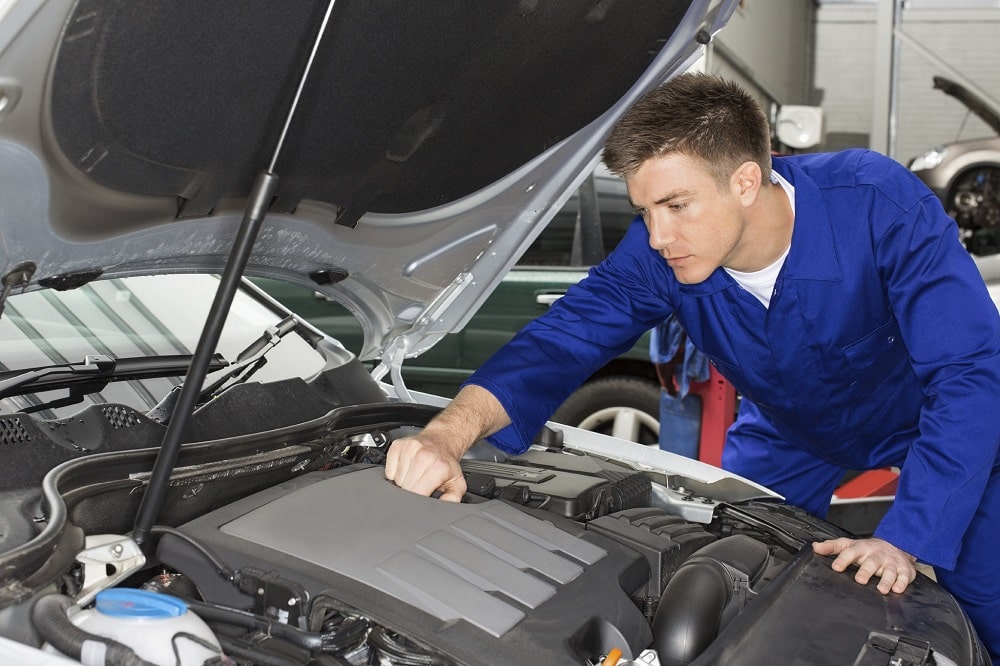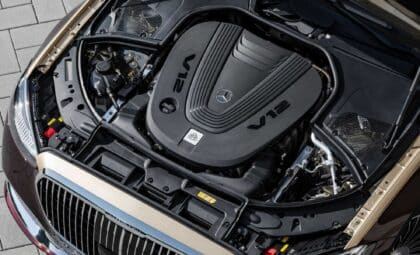This article is sponsored by Brakes Hub.

Today, vehicles play an indispensable role in the social, economic, and industrial growth of any country. With the invention of the combustion engine, the automotive industry has grown dramatically. Take a look at the parts that make up the modern vehicle to better understand how these incredible machines work.
Engine
Just how your body turns food into energy, a car engine converts gas or petrol into motion. With an internal combustion system, it converts gasoline or petroleum into motion. Internal combustion engines use small, controlled explosions to create the power needed to move your car.
Chassis
If the engine is the heart of a car, the chassis is the skeleton. At the smallest level, the chassis of an automobile is composed of only the frame. Frequently, the chassis will include not only the frame but also the wheels, gear system, and even the driver’s seat.
Transmission
Generally, the term “transmission” is in reference to the gearbox that uses gears and gear trains to supply speed and torque from a rotating power source to another device. We use transmission in automobiles regularly, using the output of the internal combustion engine to the move wheels.
Camshaft
Generally, a camshaft is made up of lobes. As the camshaft spins, the lobes open and close the intake and exhaust valves in time with the rotation of the piston.
Clutch
In order for a car to stop without destroying the engine, the wheels need to be disconnected from the engine. The clutch allows us to easily engage in an engine and a transmission by adjusting the slip between them. A clutch works due to friction between a clutch plate and a flywheel.
Brakes
To stop a car, the brakes have to dispose of kinetic energy. This is done using the force of friction to convert that kinetic energy into heat. When you force your foot down on the brake pedal, a connected lever pushes a piston into the master cylinder, which is filled with hydraulic fluid. You can see the complete explanation of a braking system on this Detroit Axle Brake kit.
Lights
At night, the lights are used for seeing roads when it’s dark. The lighting system consists of lighting and signaling devices integrated to the front, rear, sides, and sometimes the top of a vehicle.
Steering wheel
The steering system changes the movement of the steering wheel to the rotational motion of the road wheels. The system permits a driver to use only light forces to steer a heavy car.
Axle
The axle exists to transmit driving torque to the wheel, as well as to control the position of the wheels relative to each other and to the vehicle body. The axles in this system must also bear the weight of the vehicle and any cargo.
Oil filter
The oil filter helps eliminate contaminants from your car engine’s oil that can accumulate over time. Clean motor oil is necessary because if the oil were left unfiltered for a period of time, it could become saturated with tiny, hard particles that can wear down the surfaces in your engine.
Battery
When you put the key in your car’s ignition and turn the switch or press the ‘ON’ button, a signal is sent to the car’s battery. By receiving this signal, the car battery transposes chemical energy into electrical energy. This electrical power is submitted to the starter to crank the engine.
Tires
The tires hold air to give them the correct shape and firmness to carry a vehicle. The amount of air inside each tire is measured by the amount of pressure per square inch, or psi. This number comes from the section of the tire that comes in contact with the road.










